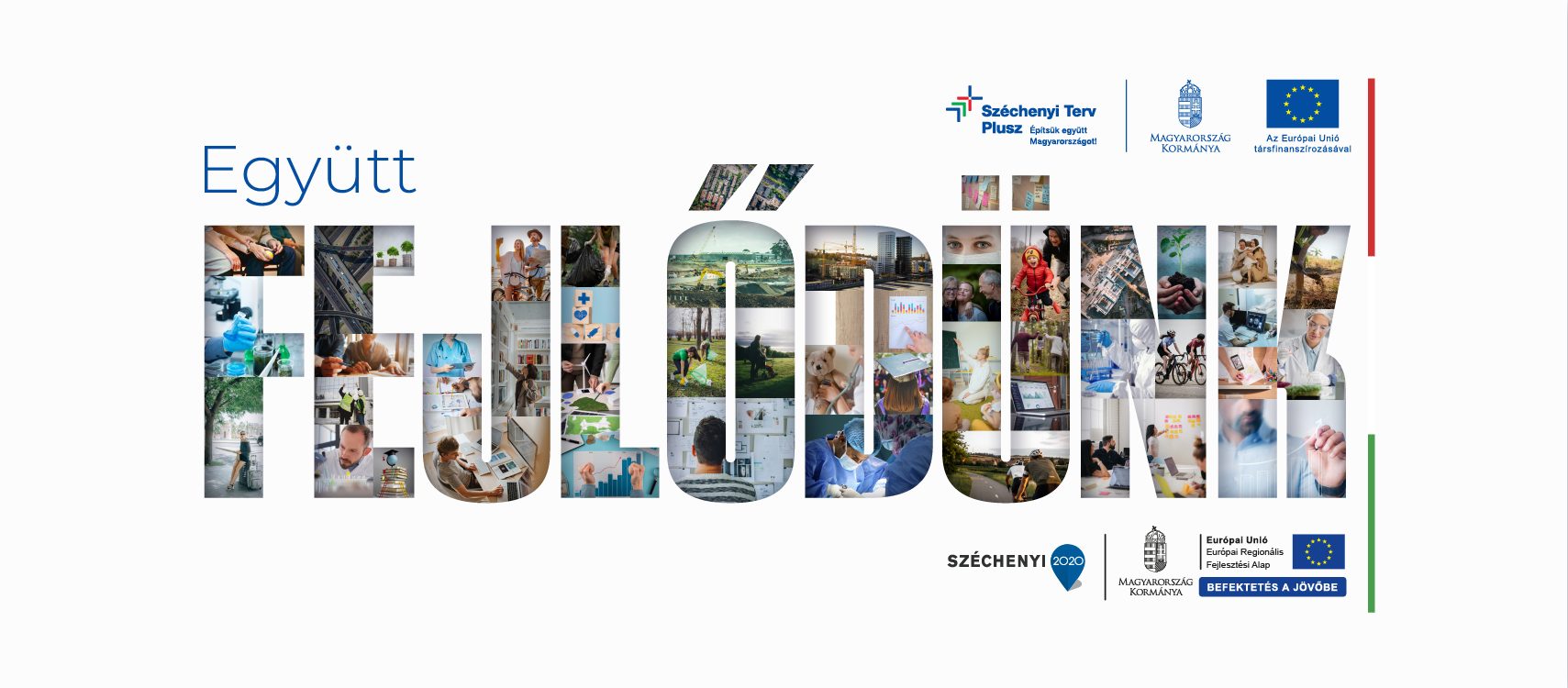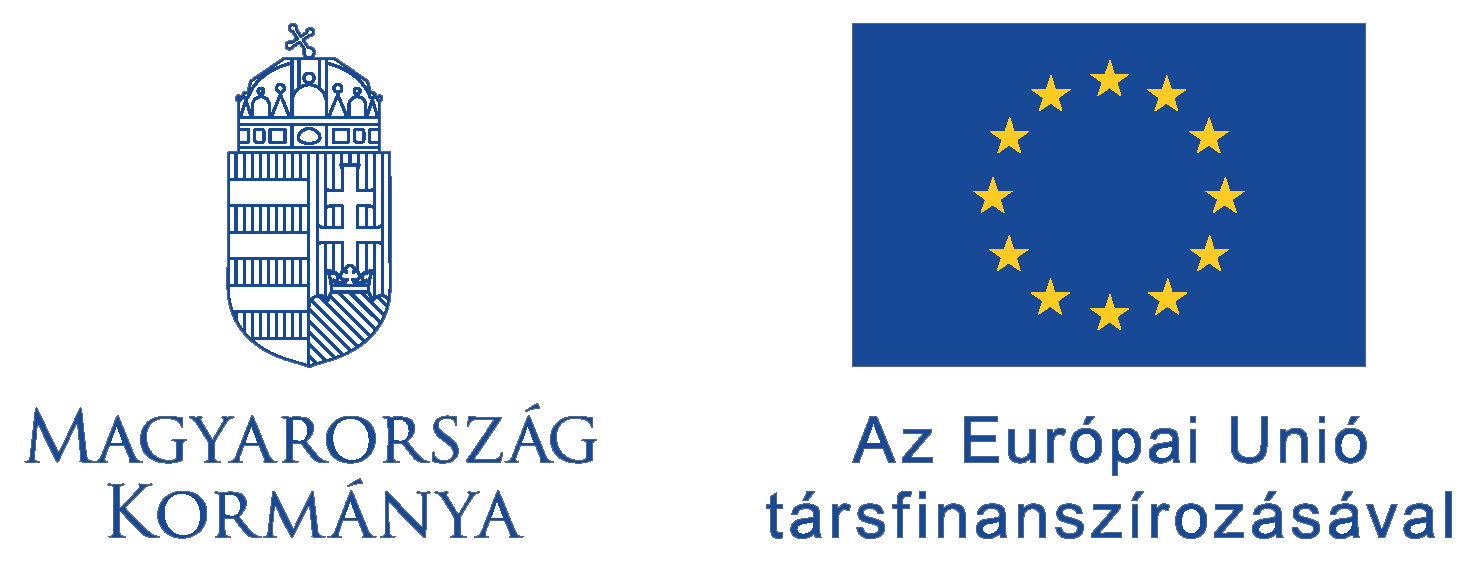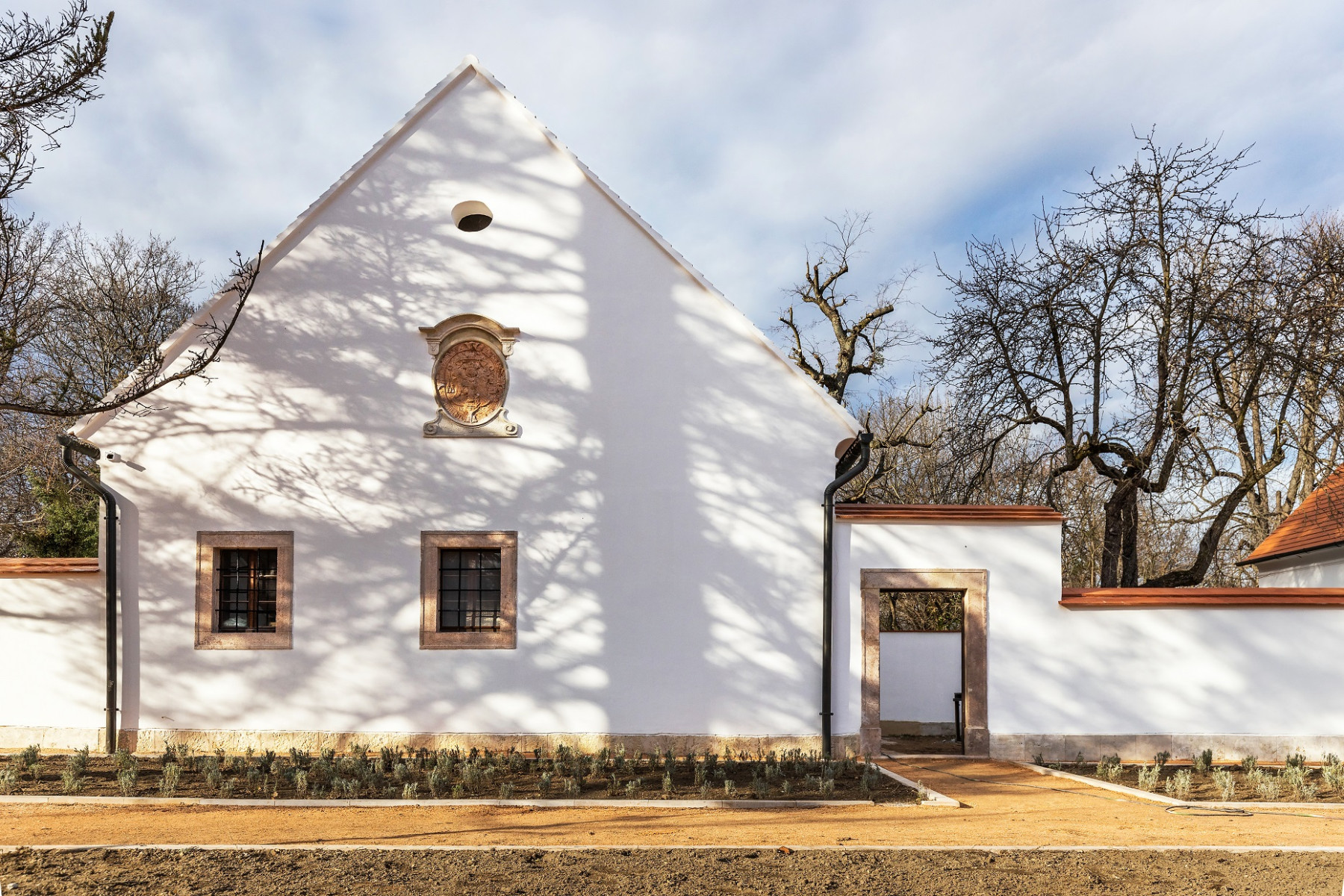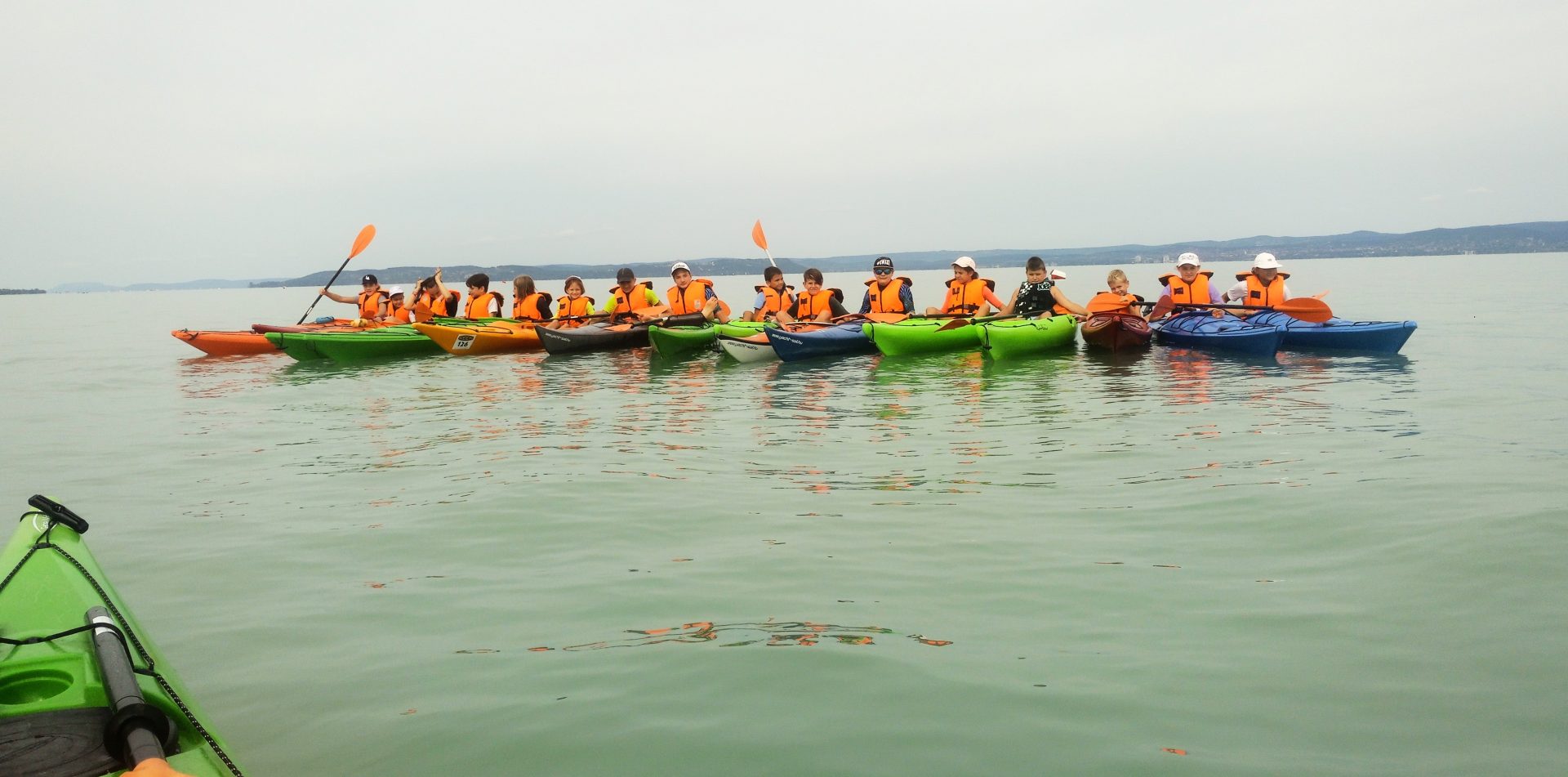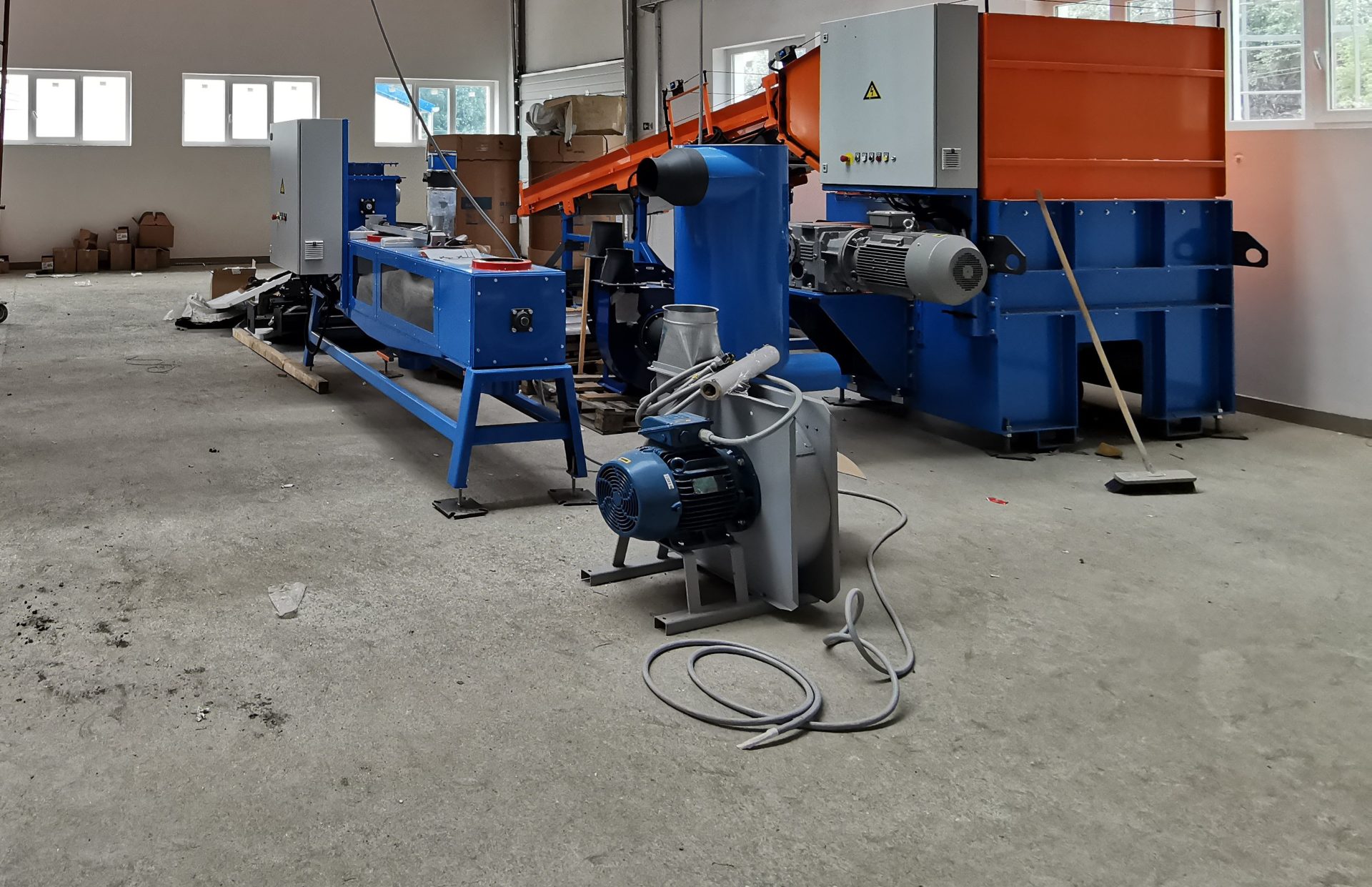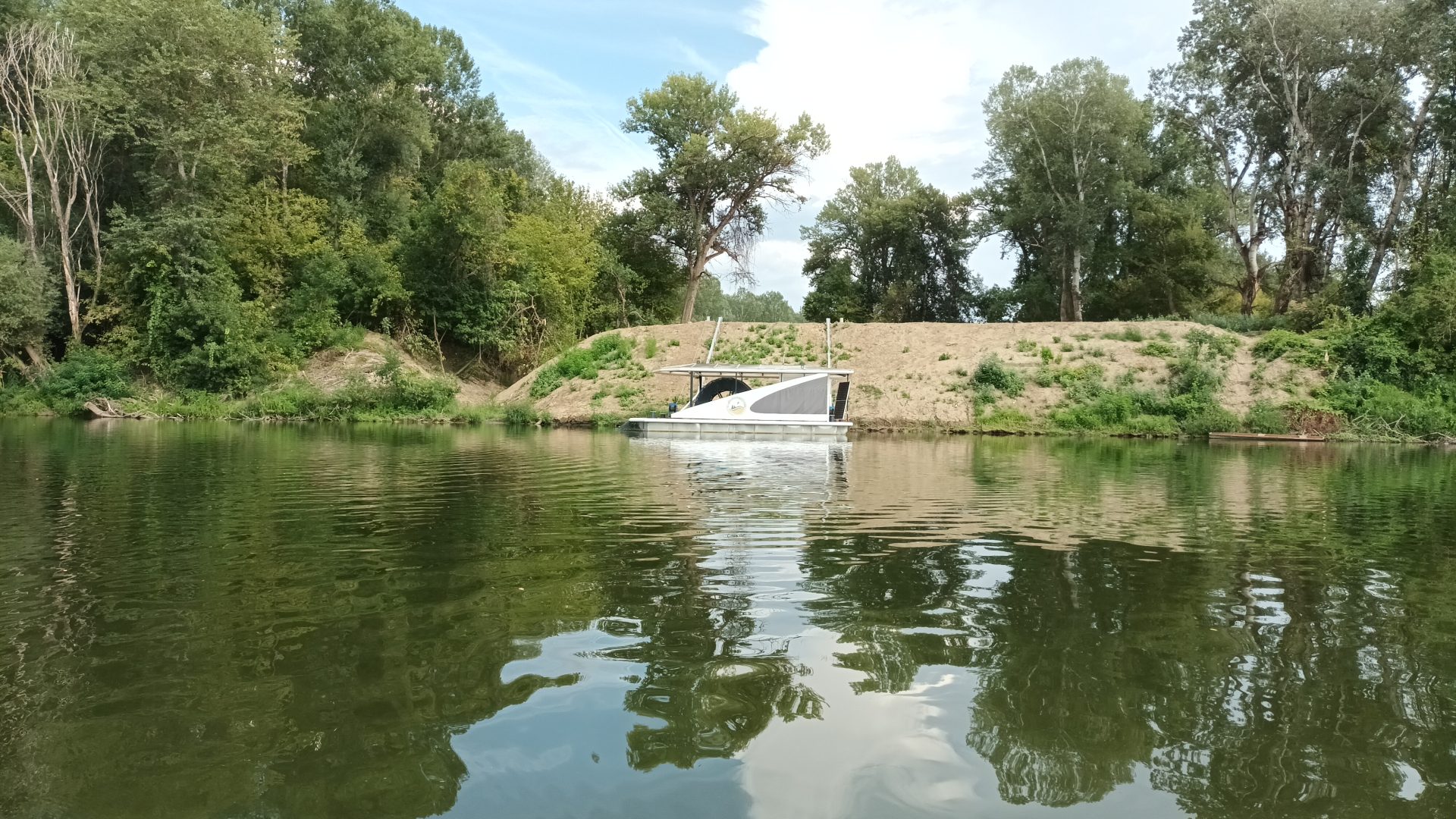The Camaldolese Hermitage is located in Oroszlány-Majkpuszta, on the site of a castle. This unique monument complex, which is also a rarity in Europe, was renovated during a several years long reconstruction process, within the framework of the National Castle and Forts Program, with the support of the Economic Development and Innovation Operational Programme.
The Benedictine Camaldolese Order was founded around 980 by Saint Romuald in Arezzo (Italy). In Hungary the Order had four monasteries, one of them was the Majk Hermitage. It was founded by József Eszterházy, the owner of the land, and was functioned from 1733 to 1782. Following the Rákóczi War of Independence, which was ended in 1711 by the Treaty of Szatmár, the Majk Hermitage of the Camaldolese Monastic Order, the members of which had taken a vow of silence, was built with donations, as a symbol of silence, which was one of the last chances of resistance at the time.
The castle, also known as Foresteria, was renovated earlier. The first phase of the construction took place between 2012 and 2015 while the second one was focused on the complete renovation of the monument complex. During this process seven cell houses, the grotic chapel, the ice pile, the church tower and the geometric garden were renovated. In addition, the church ruins were presented with architectural elements, and the freshly excavated crypt became viewable as well.
The development has significantly increased the tourist attractiveness of the area. A reception building and a museum shop have been set up on the shores of the lake next to the hermitage. From the new reception building, visitors can take a short walk to the hermit building complex. Within the framework of the project, the tools supporting the experiential presentation were also purchased. By using these, visitors can see historically accurate scenes and interiors on smart devices using the application in each space. The historical building complex, which is less than an hour drive from Budapest, awaits visitors not as a traditional museum, but as a real experience center.
The development was implemented from EU funding in the project GINOP-7.1.1-15-2015-00002 under the Economic Development and Innovation Operational Programme.
Find out more about the project in the Project Finder:Details
